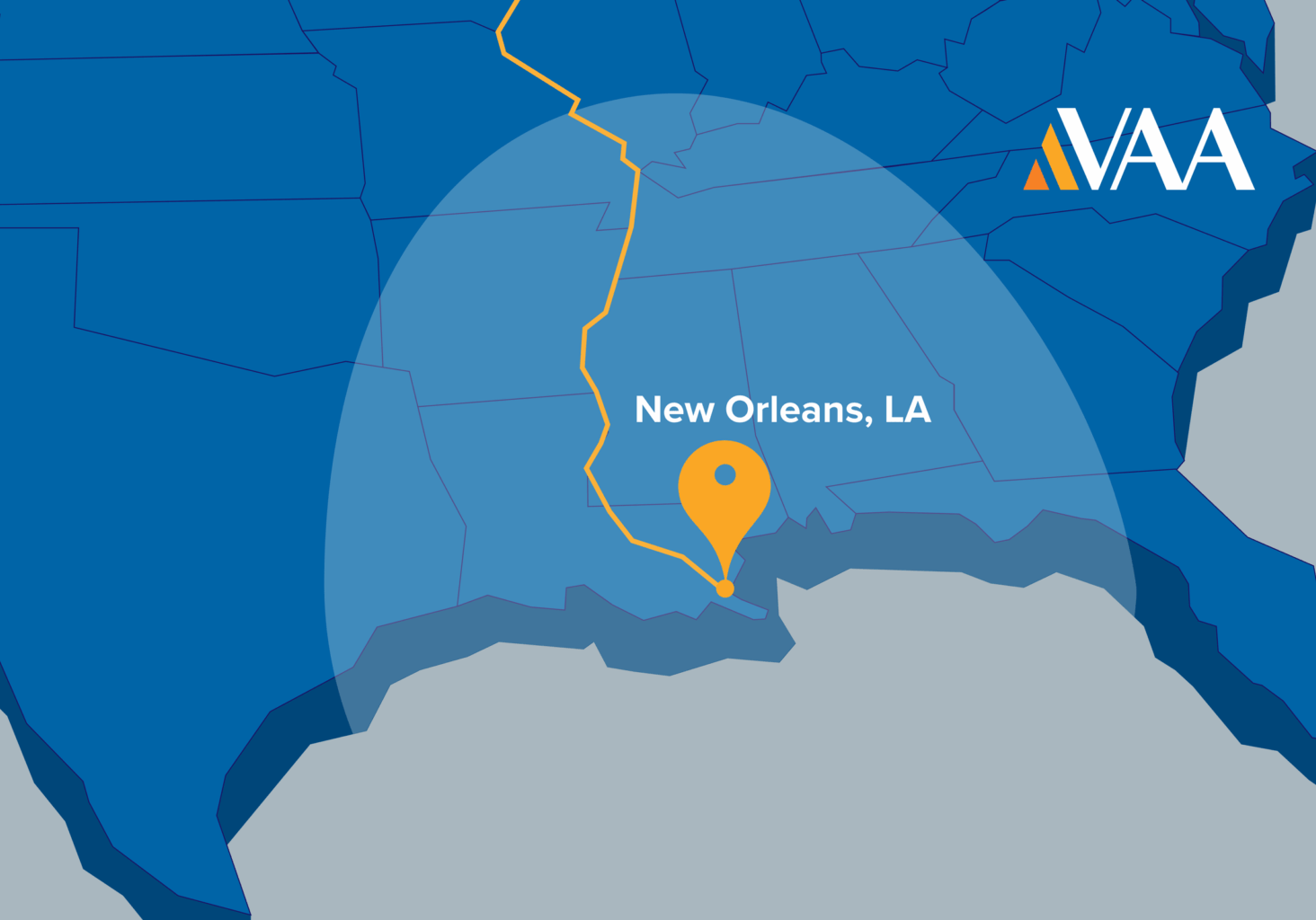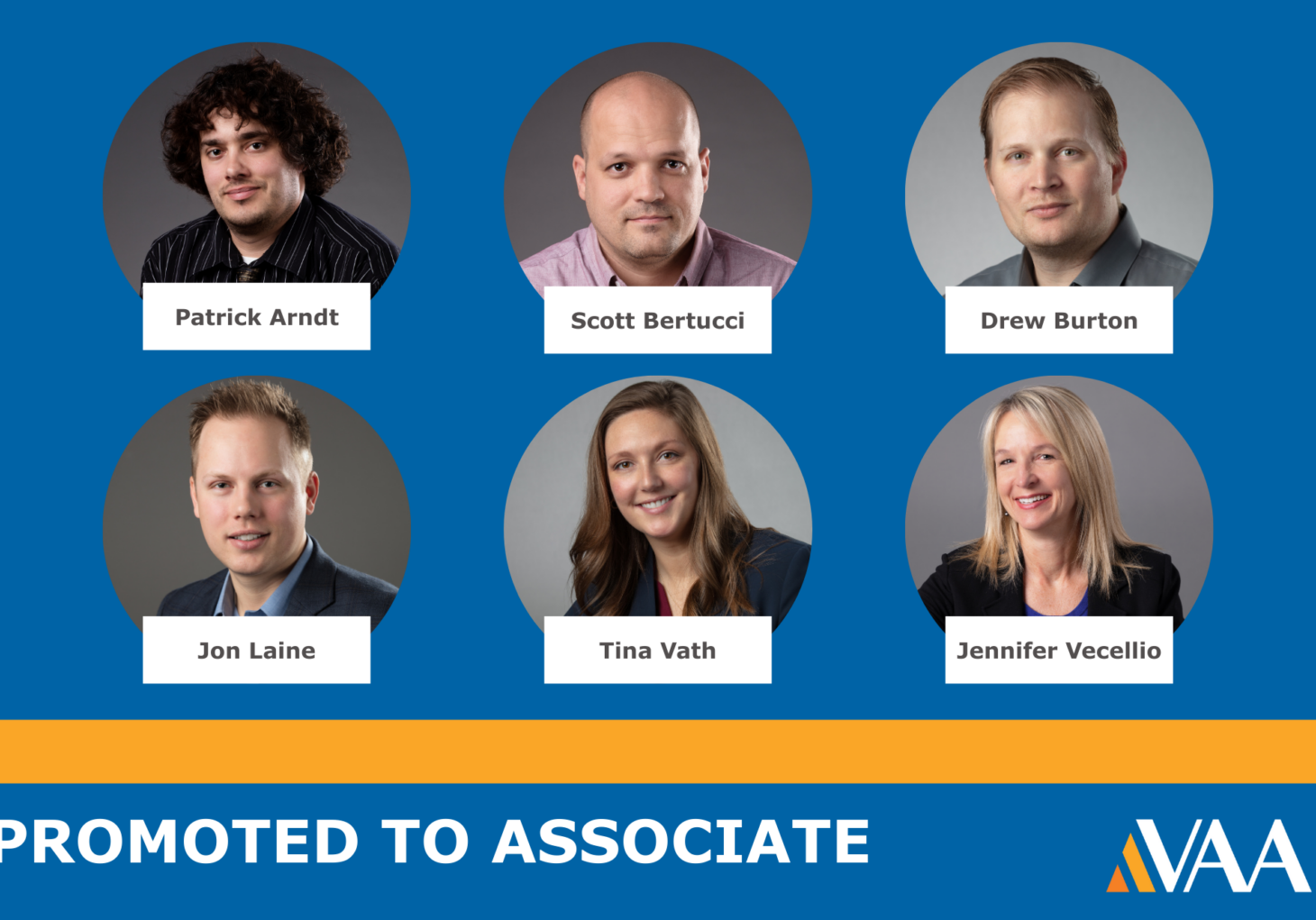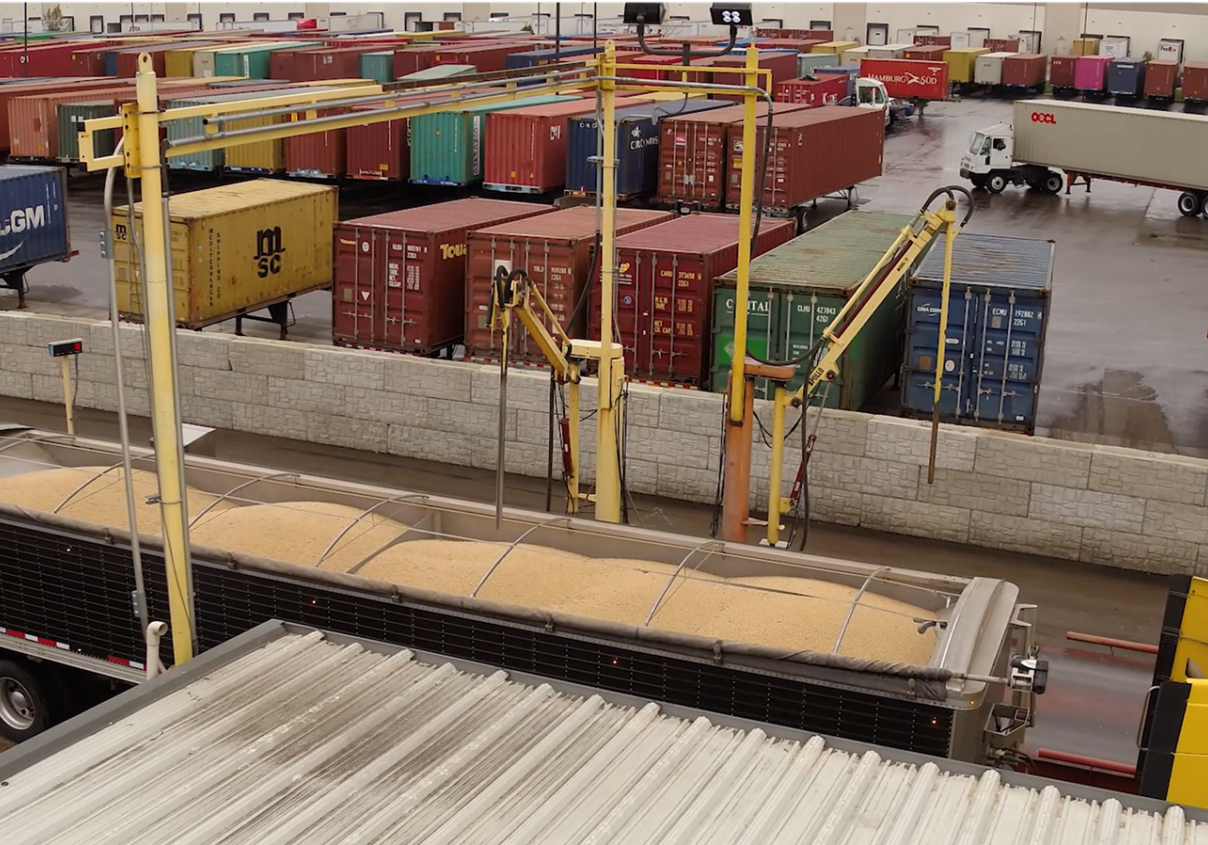VAA News | May 30, 2018
Part 1: What is a Dust Hazard Analysis?

This three-part series defines the NFPA 652 guideline changes and impact to existing and new facilities. The article will also explore compelling reasons to get ahead of this regulation change.
According to the National Fire Protection Association (NFPA), 50 combustible dust accidents occurred in the United States alone between 2008 and 2012. To continue improving and reducing hazard risk in agricultural facilities, the NFPA reviews and updates their guidelines every three years. The latest, 2016 edition of NFPA 652 Standards for Combustible Dust introduces the use of a Dust Hazard Analysis (DHA). This edition’s NFPA 652 update impacts existing and new facilities that combat dust-related hazards as a result of their processes. The NFPA now advises commissioning a DHA once every five years.
What Is a Dust Hazard Analysis?
A Dust Hazard Analysis (DHA) documents potential fire, flash fire and explosion (or dust deflagration) hazards. All potential hazards are placed in one of three general categories: Not a hazard, Maybe a hazard or Deflagration hazard. In existing facilities, a licensed professional will conduct a site visit to observe the process, categorize potential hazards and provide any recommended administrative or engineering safeguards to reduce the risk of deflagration. For new facilities or facility expansions, a licensed professional can assess and incorporate safety measures in designs based on the local jurisdiction and building codes.
When considering commissioning a DHA, reach out to the Authority Having Jurisdiction and a licensed professional. These entities will confirm which codes and guidelines are used in the jurisdiction and if a DHA is required for a project. To perform the DHA and offer practical solutions, engage a licensed professional that specializes in the industry, such as an architect, mechanical engineer or fire protection engineer. A qualified professional will be knowledgeable about the facility process and have a thorough understanding of local and state codes.
Read the next parts of this series for more information:
Part 2: DHA in New and Existing Facilities
Part 3: Learning from a Dusty Past
About the Authors
Doug Rohkohl
As a Senior Designer at VAA, Doug regularly works with owners and design-build contractors to design feed mills, grain elevators and other agricultural bulk material handling and processing facilities from early stages of project conception through final design and construction. Doug’s 15 years of experience in agribusiness has translated into a comprehensive understanding of how different construction methods; material handling and process systems; and the NFPA affect design. His favorite part of the job is meeting with plant managers at their facility to understand challenges and work together towards improving operations.
Eric Peterson
Eric has two decades of domestic and international experience, including feed mills, grain export terminals, flour mills, bulk storage facilities and specialty slipform structures. Versatile in managing both engineering and construction efforts, he understands the details needed to fulfill design, constructability,
procurement and cost estimating activities. A member of the NFPA, Eric’s knowledge of material handling, mechanical and structural engineering is complemented by his technical skills in AutoCAD, P6 and Hard Dollar. Prior to joining VAA, Eric worked for a design-build contractor where he developed design concepts with clients and coordinated design and construction efforts with equipment vendors and subcontractors. Clients appreciate his global understanding of the design / construction process to accomplish operational goals and challenging facility requests.
Share with a Friend
Let's connect.
Whether you need a new or expanded facility, a process designed or debottlenecked, life safety or structural analysis… VAA can help you grow.



![[TEMPLATE] Top Workplaces Awards (1) [TEMPLATE] Top Workplaces Awards (1)](https://vaaeng.com/wp-content/uploads/bb-plugin/cache/TEMPLATE-Top-Workplaces-Awards-1-landscape-4178622959a03a1338068bf56f8f5d6e-.png)


